Welcome to the weird world of Saskatchewan’s complicated weather. You never really know what you might get in a day. Is it going to rain, snow, sleet, hail, and then be sunny? In a matter of 24 hours, we can be outside suntanning in shorts to full-on blizzarding. So how do you layer for cold weather and Saskatchewan’s four seasons?
After spending many hours outside, I’ve put together a guide on how to layer for Saskatchewan weather. The trick is knowing what type of materials to wear and how to layer (or delayer) them on your body.
Here is all you need to know about how to layer for cold weather.
*Please note some of the links in this article may be affiliated. This means if you purchase through them, you support my small business at no additional cost to you.
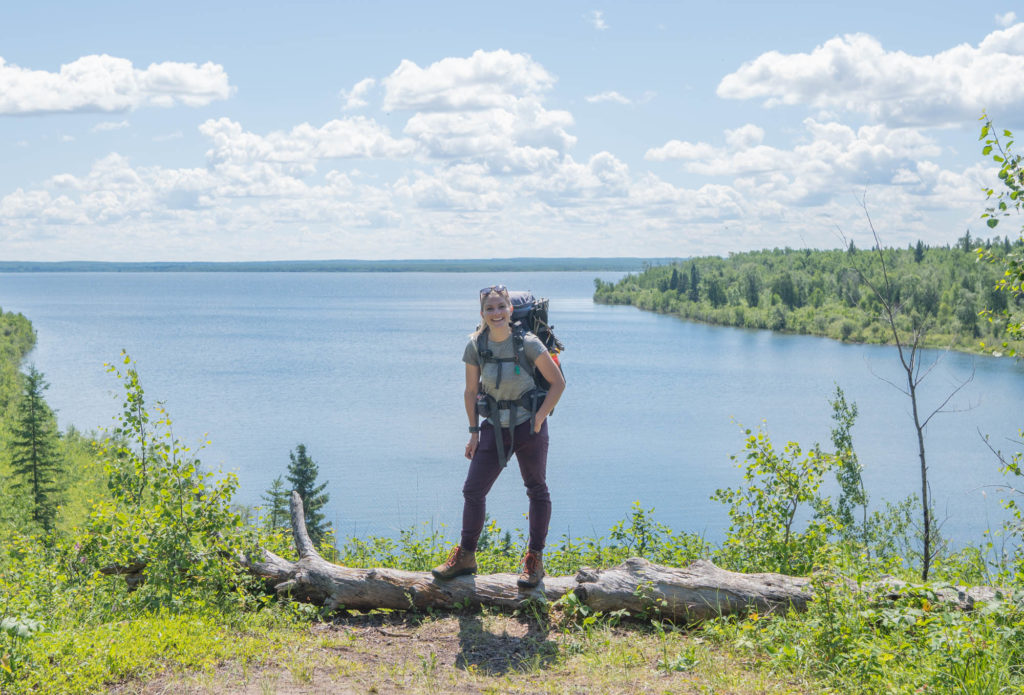
What is a Baselayer and Why Should I Wear One?
A base layer is your “second skin.” While most people think it’s an added layer of insulation (which it can help with), it’s actually important in absorbing and evaporating sweat from your skin.
Why is this important? It’s not about keeping you warm, but about stopping you from getting cold. Because that’s what your sweat does – it cools you down. So your base layer acts as a layer to help wick away sweat from your skin and stop you from getting cold or chilled.
When buying a base layer, the most important thing to remember is that base layers should be tight-fitting to your skin to be most effective.
Depending on the season or how active you’ll be, there are different fabric weights to consider. A lighter weight is ideal in the summer months while a heavier weight like 250g is better suited for the winter. (But can be mixed and matched based on your preferences). Just remember the larger the number, the heavier and thicker the garment.
READ MORE: The Best Fleece-Lined Leggings for Women
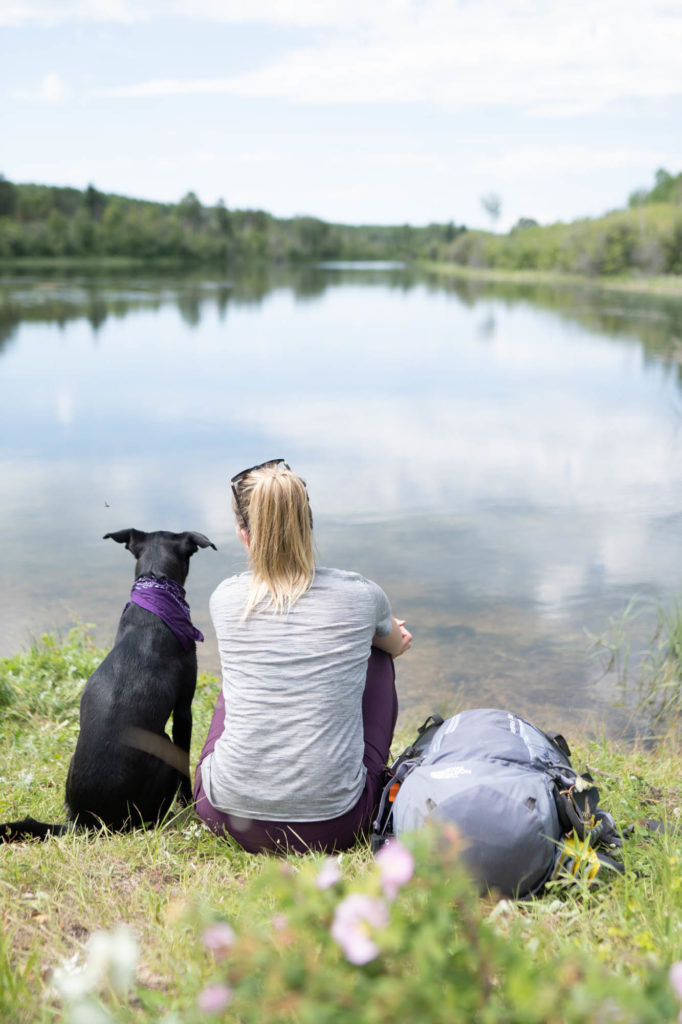
What are the Best Materials to Wear?
Layer 1: Baselayers
For baselayer materials, you’ll want merino wool (which is softer and less itchy than the traditional wool sweaters we think of) or a synthetic material like polypropylene. The benefit to wool is that it’s antimicrobial and means you can wear it several times before it starts to smell.
Synthetics on the other hand, are excellent in wicking sweat away from the body but are smellier. It can be difficult to wash the smell out of them. But they’re usually cheaper than merino and they’re quite durable. They also often have a UPF rating for sun protection.
I can’t advocate enough for the amazing properties of merino wool. I wear it year-round from t-shirts and base layer pants to socks, sports bras and even underwear.
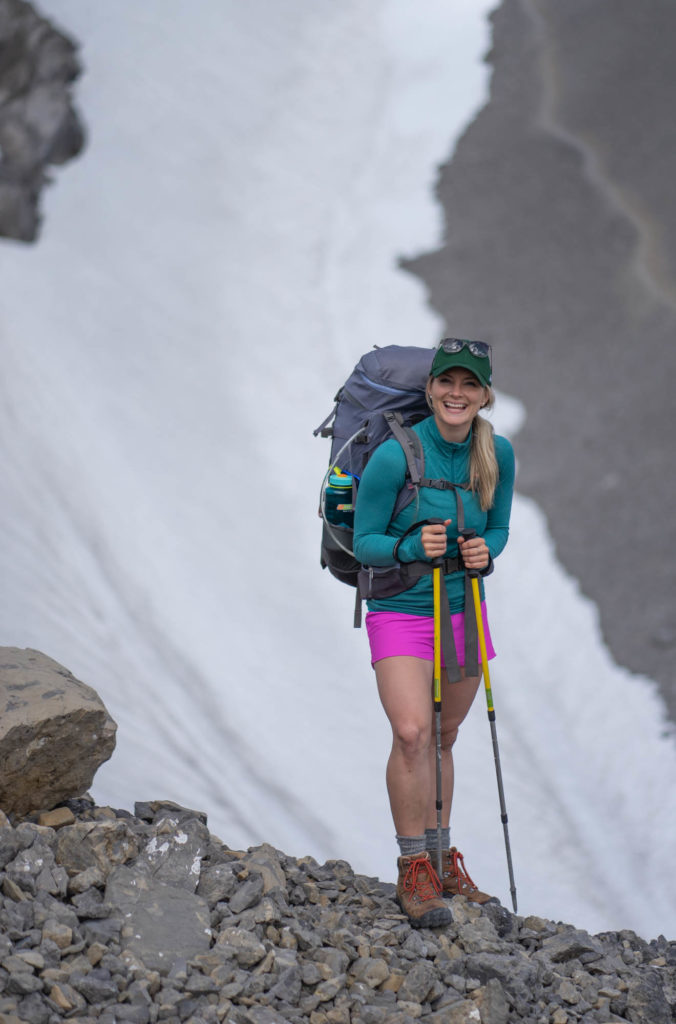
Merino Wool Base Layer Recommendations:
I own several of these shirts and wear them casually or underneath other layers. Brands I wear most often include Helly Hansen, Icebreaker, and MEC. Costco also has budget-friendly merino long-sleeves but I find they’re a bit more scratchy than other brands.
Best options for women: Merino Light T-shirt and Lifa Crew.
Here are the men’s versions for half zips, long sleeves and t-shirts.
I also recommend Smartwool socks. They are not cheap but they are some of the best socks you can purchase. They hold up extremely well in all seasons, they have a fantastic return policy.
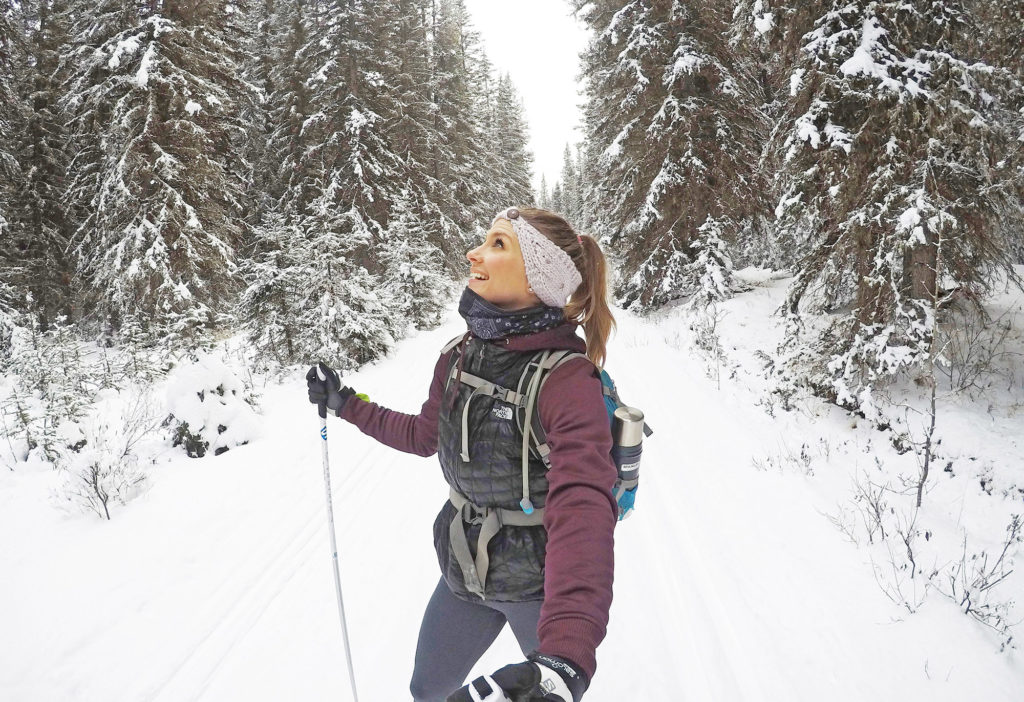
Layer 2: The Midlayer
A good fleece goes a long way as a mid-layer. They’re affordable and they’re warm. In addition to adding insulation, they also continue to help move moisture away from your body. Midlayers should allow for enough room for a base layer underneath without being too bulky.
I opt for what I call a “hardshell fleece.” It’s a hoodie or a sweater with fleece on the inside but a smooth soft “shell” on the outside. They’re a bit more expensive than a standard fleece zip-up. But I find it adds the right amount of thickness without being too bulky, has a bit of stretch so it fits comfortably and blocks wind better than standard fleece.
These are my go-to layers particularly in winter when I’m being active. If it’s below -15C, I’ll add a down vest on top or a lightweight synthetic or down jacket.
This is one of my favourite “hardshell” fleeces for women and for men.
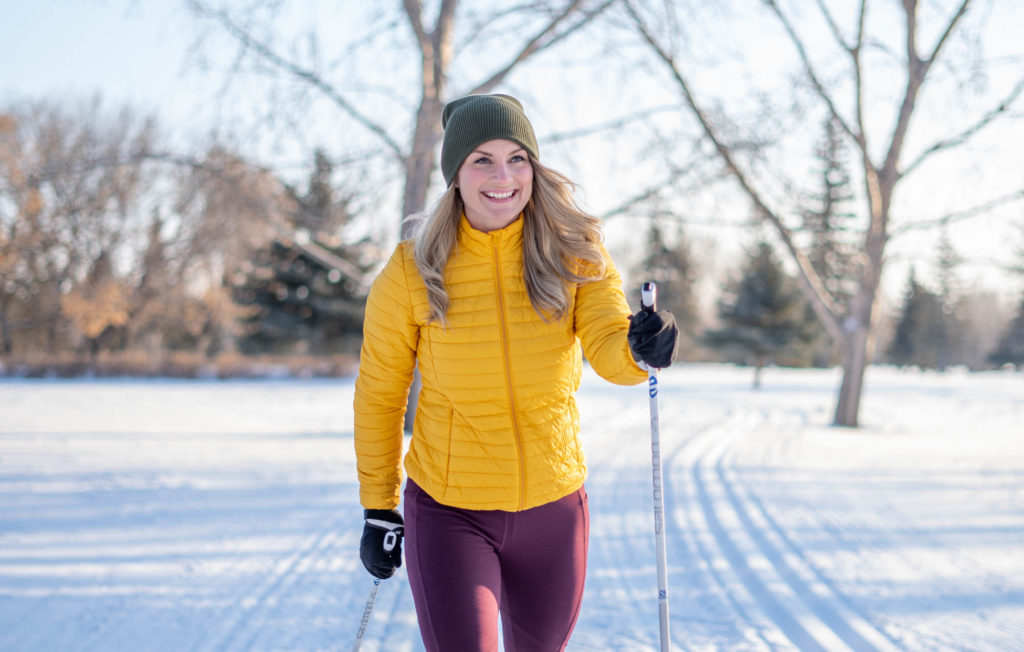
Layer 3: The Insulator
The third layer to consider is an insulating layer. Synthetic or down jackets are perfect examples. Down is highly packable and offers incredible warmth per weight. While synthetic (Primaloft, for example) materials are catching up in effectiveness, they usually don’t pack down as small and light as down material does.
While down has many great properties it’s not so great when it gets wet because it loses its insulating properties. It also takes a while to dry. Making sure to protect a down jacket in damp or wet weather will make a difference in how warm you’ll be.
My favourite down jackets for women are here and here.
Men’s down jackets can be found here and here.
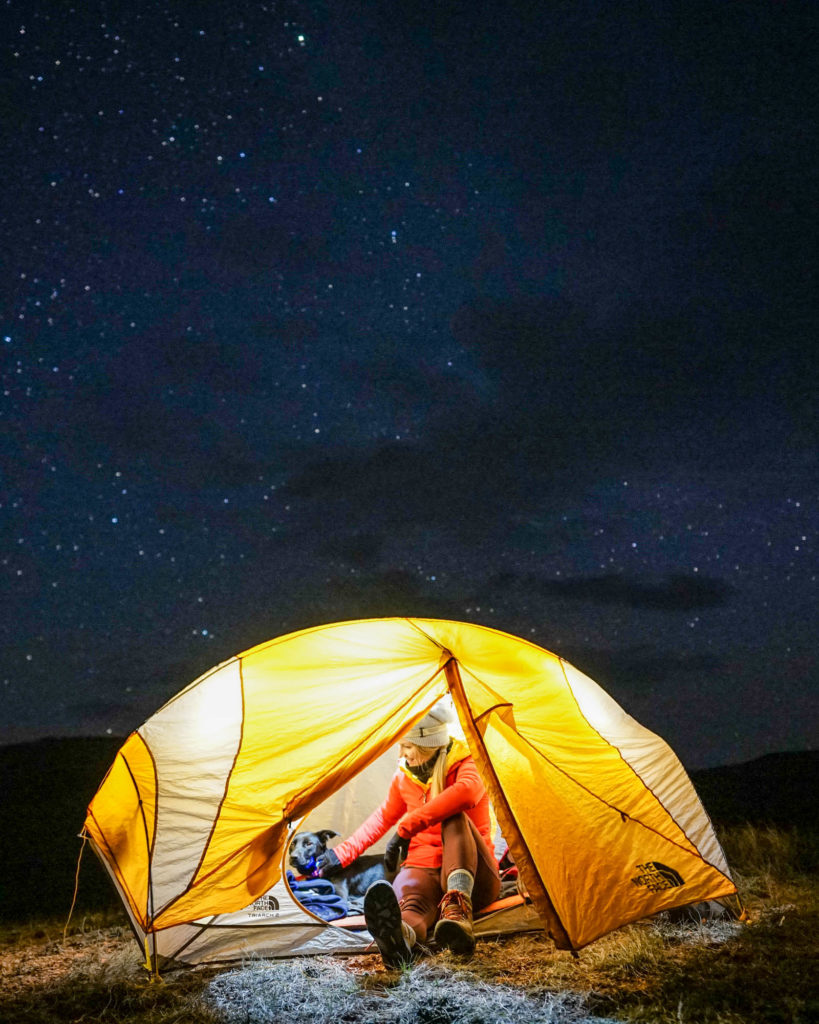
Synthetic on the other hand performs better under wet conditions and dries fairly quickly. They’re less expensive and easier to care for.
This is a great synthetic jacket for women and for men.
A second option for an insulating layer is a vest. This is ideal when being active outdoors in winter or when sitting around the campfire on a summer evening. Vests can be down or synthetic and pack nicely in a day or overnight bag.
Here is an affordable down vest for women and for men.
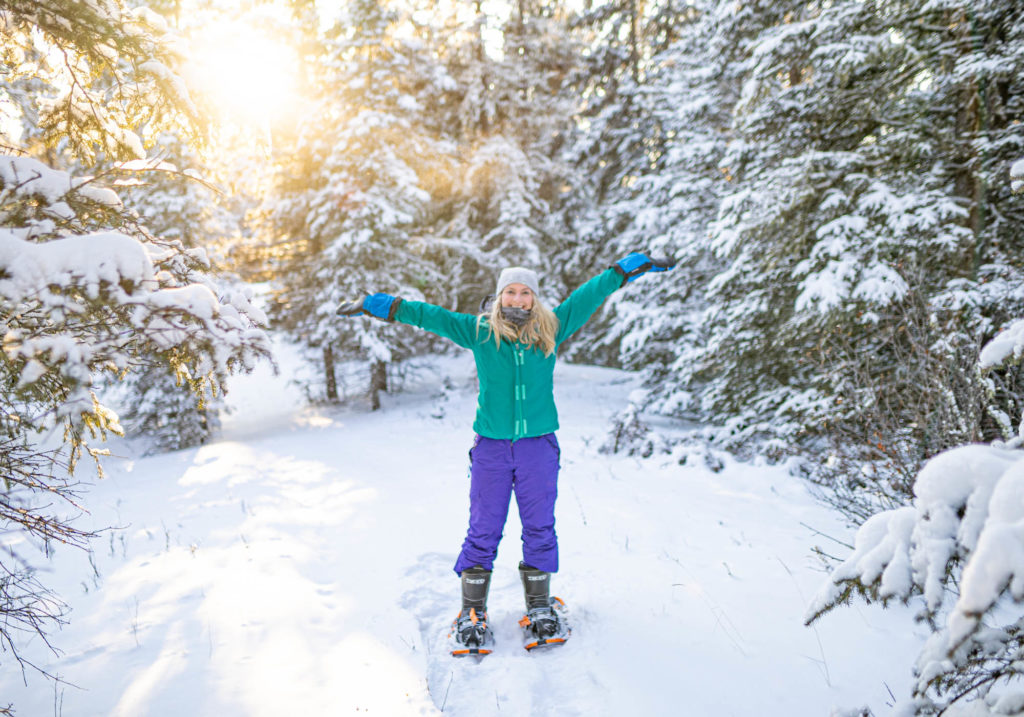
Layer 4: The Shell
Layer three and four can often interchange based on weather conditions and how many pieces of clothing you want to wear.
But for full weather protection, you’ll want to go with a shell over an insulating layer.
A shell is most important for blocking the elements – wind and water more specifically. A high-quality shell made out of material like Gortex is one of the best you can choose. However, the material comes at a high price because of its incredible ability to let moisture vapour escape while stopping rain, snow and wind from getting in. This is due to the type of material it is and its unique layering and membrane system which is also lightweight.
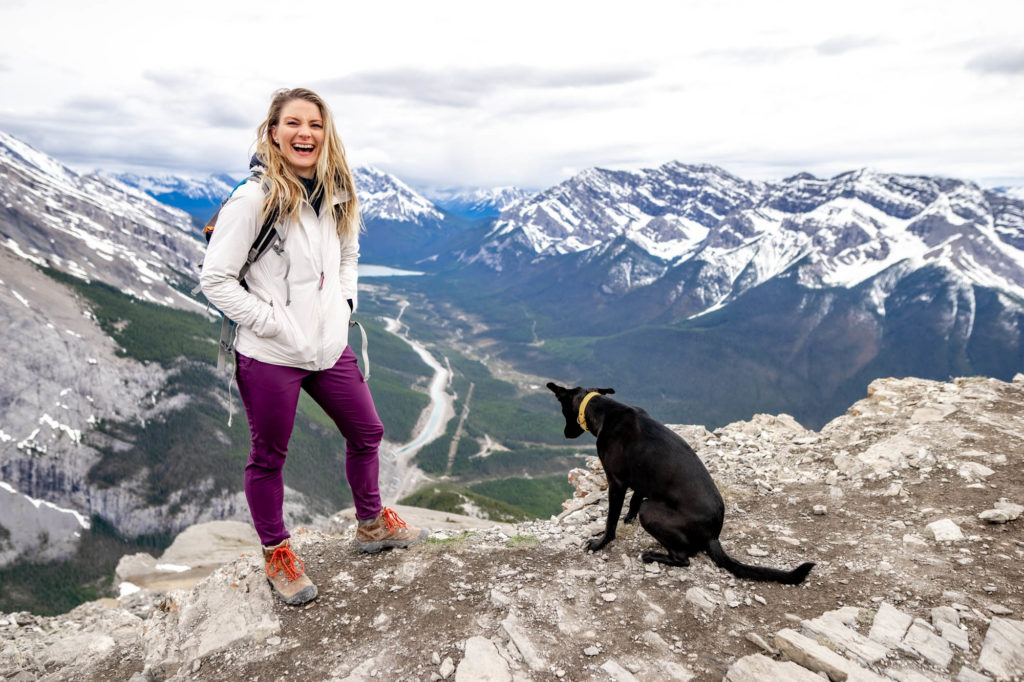
Gortex shells can be quite expensive so I often use a rain jacket as a shell layer. I wear them in any season from snowboarding in the winter to hiking in rainy weather. However, rain jackets are much less breathable than a proper shell and don’t let moisture escape as efficiently (but they’re more affordable).
When choosing a shell, you’ll want to make sure it’s waterproof or has a water-repellant (DWR) coating and seam taping for full protection. You’ll also want to make sure to read the tags to ensure you’re properly caring for it and helping maintain its ability to shed water.
Recommended shells for women and men.
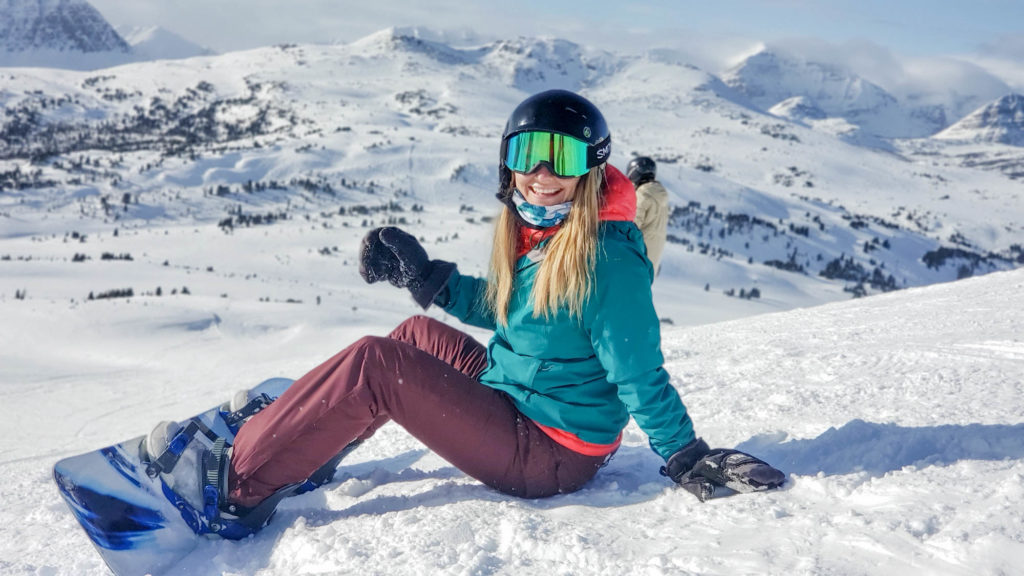
Choosing the Right Layer Based on Your Outdoor Activity
While knowing how to layer is important, knowing what you’ll be doing in the outdoors is equally as important when figuring out what to wear.
How to Layer Based on the Weather
The first thing you’ll want to do before deciding what to wear is to check the outside temperature. Note if it’s sunny or cloudy and if there’s a wind or windchill.
Direct sunlight will make a cold day feel warmer and shade or clouds will make the temperature feel cooler. (Just like on a summer day when the clouds cover the sun and it feels like the temperature drops).
Wind causes your skin and body to lose heat at a quicker rate by blowing away the warm layer of air that surrounds you. You’ll need to take into consideration the “real feel” of the outdoors before gearing up.
In Saskatchewan, we don’t need to worry as much about being damp because we usually deal with a dry-cold. Unless it’s raining, of course.
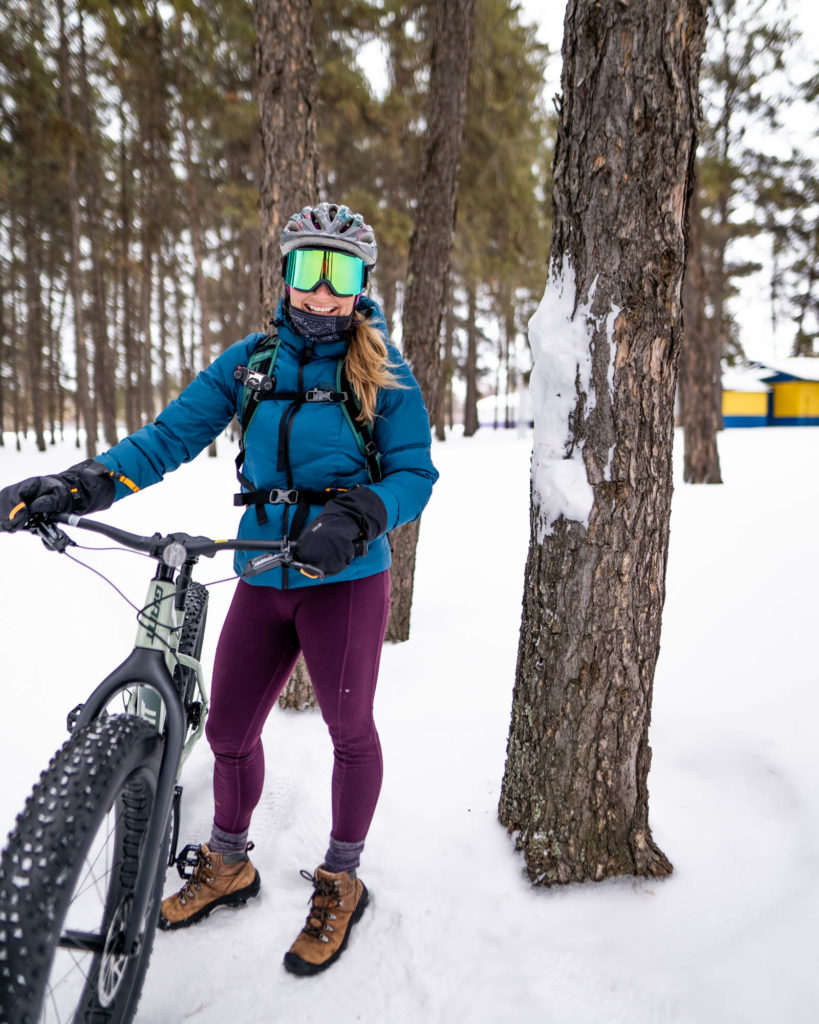
How to Layer for Cold Weather During Saskatchewan’s Winters
The trick to dressing for winter in Saskatchewan and Canada is layering – and accepting the fact that toques, mitts, ski pants and boots are going to keep you warm.
People tend to hate winter because it’s cold out and feeling cold isn’t fun. But thankfully, there’s an easy fix to that and all it comes down to is dressing for the weather.
If you’ll be outside for an extended period of time in the winter months and not actively moving, you’ll want to wear traditional outside layers like ski pants and winter boots.
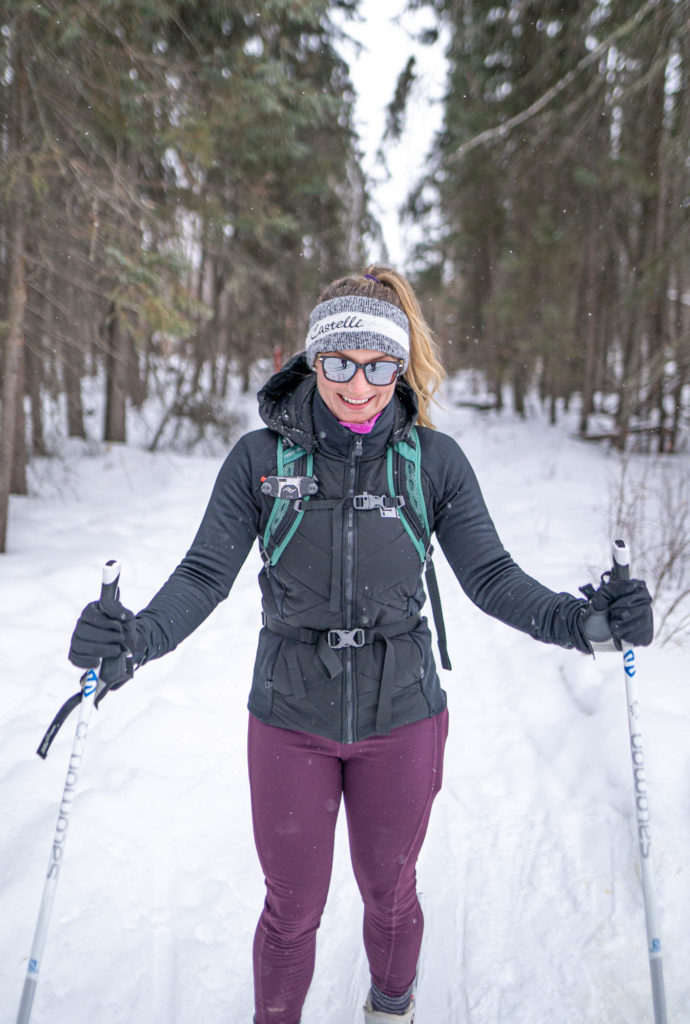
If you’re heading out cross-country skiing, snowshoeing, running or other high-movement activities, you’ll want to ditch the ski pants and lighten your layers. I wear a base-layer pant (men’s linked here) and fleece-lined yoga pants. I also have a pair of thin shell/fleece pants that have additional wind protection.
READ MORE: The Best Cross-Country Ski Trails in Saskatchewan
If it’s cold out and you plan to be quite active, I go by the motto “be bold, start cold.” You’ll warm up quickly if hiking or cross-country skiing and fewer layers will keep you warm. (But always make sure to carry extra layers with you)
Our fellow cold-temperature Scandinavians got it right when they say “there’s no such thing as bad weather, just bad clothes.”
READ MORE: How to Build a Quinzee (and Stay Warm no Matter the Temperature)
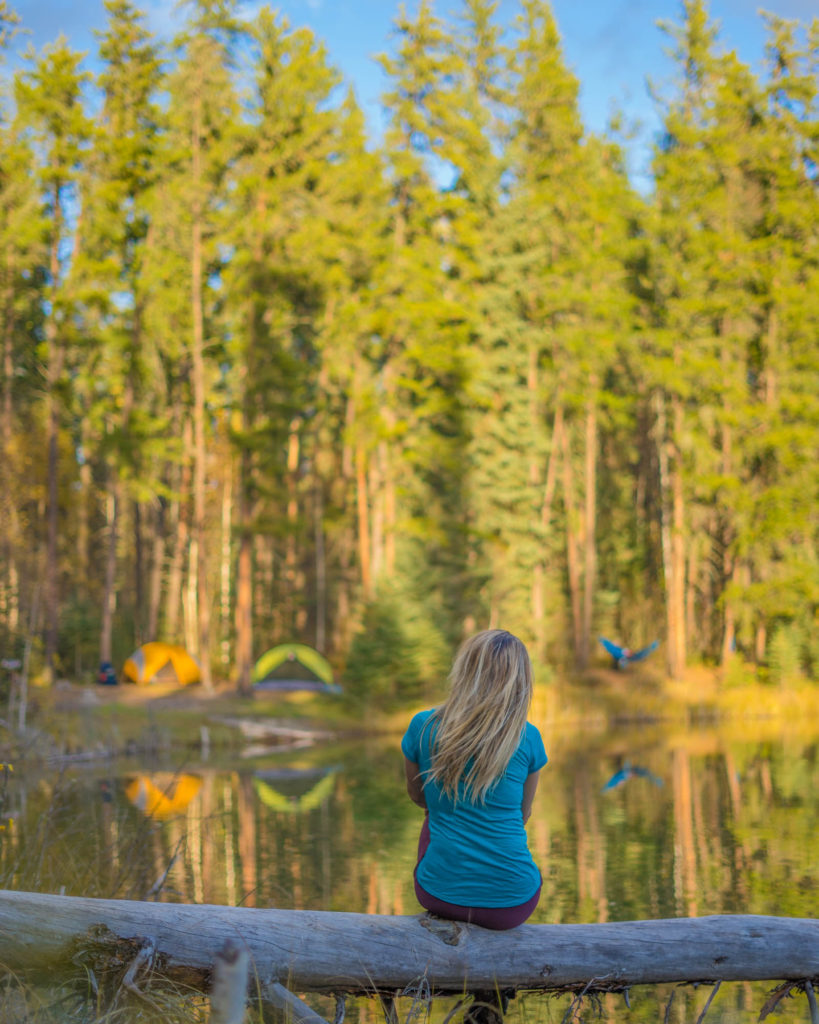
How to Dress for Saskatchewan Summers
Even in our summer season, it’s good practice to carry layers. Our evenings cool down quite a bit and having an insulated jacket will keep you warm (and help keep the bugs away).
I also always carry a shell to protect from our prairie winds and rain.
The thickness of the materials I carry may change in the summer months as I opt for lighter-weight merino base layer t-shirts versus long sleeves and a thinner down jacket. I might even skip a mid layer but usually still carry one anyway.
READ MORE: Hiking the Rice River Canyon
What are your go-to layers for enjoying the outdoors in multiple seasons?


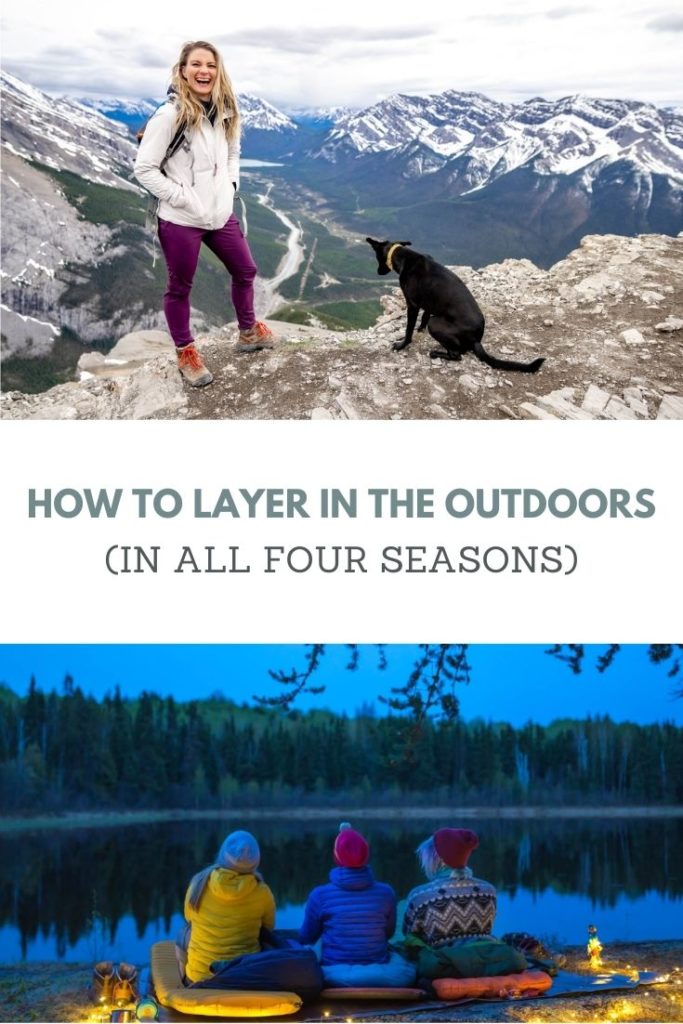
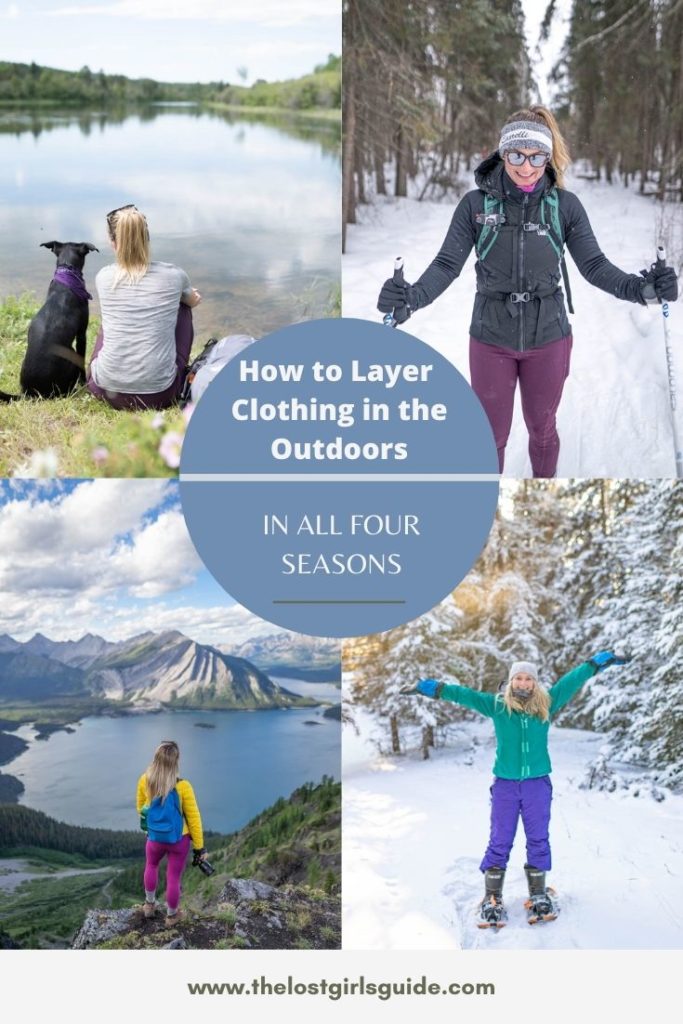

I snowshoe in winter around Regina. I find the biggest challenge is the wind. My midlayer is a synthetic insulated jacket with a good hood that the wind can’t blow off. I just wish I could find a way to stop my glasses from fogging up when wearing a buff on your face.